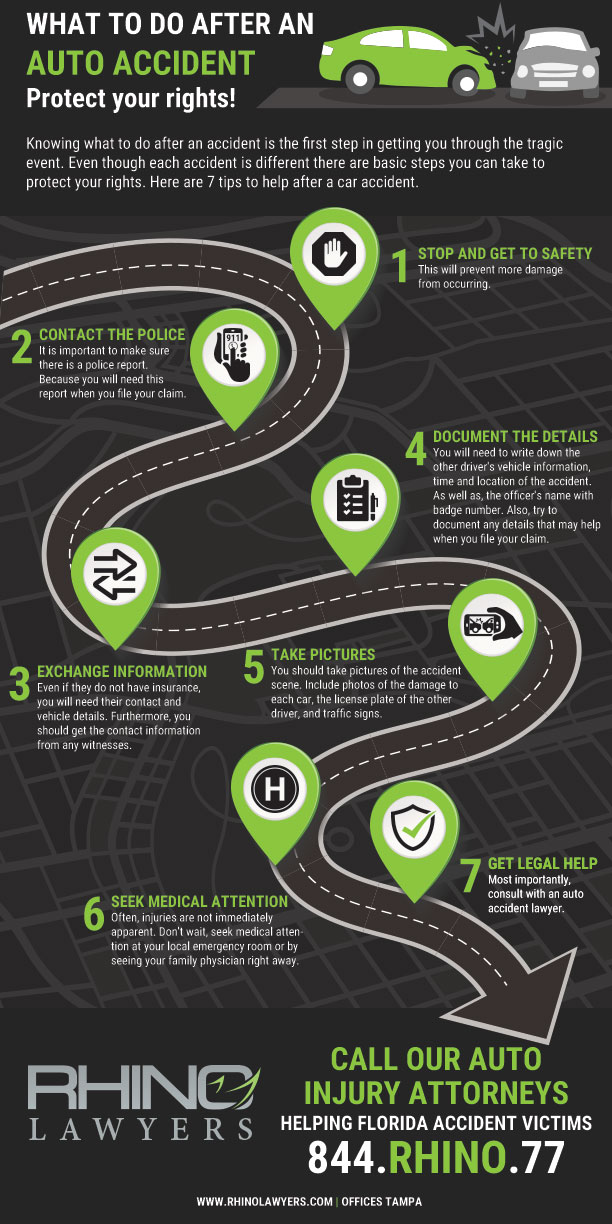You’re driving through an intersection late at night, and something catches your eye: a blue light glowing above the traffic signals. You weren’t speeding, you didn’t run a red light, so what is it for?
This small but noticeable addition to some traffic lights isn’t just for decoration. It plays a crucial role in law enforcement that allows officers to spot violations more efficiently without needing to be in direct line of sight.
But how exactly does it work, and why are more cities installing them? Keep reading to uncover the surprising purpose behind these blue lights and what they mean for drivers.
Blue Lights on Traffic Signals
Blue lights on traffic signals are small, often unnoticeable at first, but they serve a specific function in law enforcement. These lights are mounted on or near standard traffic signals, usually facing away from the driver’s direct line of sight.
Their placement is intentional; they are not designed for drivers but rather for police officers monitoring traffic from a distance.
Unlike the familiar red, yellow, and green traffic signal colors, blue lights provide a different advantage. When a traffic light turns red, the blue light illuminates simultaneously, allowing officers to see the change from various angles, even if their view of the main traffic light is obstructed.
This design helps police enforce red-light violations more efficiently without needing to position themselves right next to an intersection.
The blue traffic light function makes it easier to monitor multiple lanes of traffic at once. Instead of focusing on one direction, officers can observe violations from:
- Side streets
- Parking lots
- Hidden vantage points
That means fewer instances where drivers attempt to fight red-light tickets by claiming the officer didn’t have a clear view. Since blue lights mirror the red light’s status, there is no delay, making enforcement nearly instantaneous.
Why Are Blue Lights Installed?
The purpose of blue signals is straightforward. They improve traffic law enforcement, especially at busy intersections where monitoring violations can be difficult. Cities have been adopting them as a way to increase compliance with traffic laws while reducing the resources needed for enforcement.
How Blue Lights Help Police Identify Violations
Unlike traditional enforcement methods, blue lights allow officers to identify red-light violations without needing to be in direct line of sight with the traffic signal itself. This is particularly helpful in urban areas where trees, buildings, or other vehicles may block visibility.
Some reasons cities install these lights include:
- Better visibility of red-light violations from multiple angles
- Reduced need for officers to be directly at the intersection
- Lower risk of officers engaging in unsafe chases to catch offenders
- Increased accuracy in ticketing, leading to fewer disputed citations
Impact on Traffic Compliance
Studies suggest that red-light running is a leading cause of intersection-related crashes. According to the Insurance Institute for Highway Safety (IIHS), in 2022 alone, red-light running led to nearly 1,149 fatalities and around 107,000 injuries in the U.S.
Blue lights help reduce these numbers by increasing enforcement efficiency, which, in turn, discourages drivers from attempting to beat the light.
How Law Enforcement Uses Blue Lights
Police departments use blue lights in a way that significantly improves their ability to monitor and enforce red-light violations. Officers no longer need to position themselves dangerously close to intersections or rely on their reaction time to catch violations.
Monitoring From a Distance
With blue lights, officers can monitor intersections from various vantage points, including side streets, gas stations, or even areas further back from the intersection. This allows them to observe violations without being obvious to drivers.
Are Blue Lights Replacing Red-Light Cameras?
In some areas, blue lights are used alongside or instead of red-light cameras. While cameras can capture violations automatically, they are controversial due to privacy concerns and the potential for errors in ticketing. Blue lights give officers the ability to enforce traffic laws in real-time, rather than relying on automated systems.
Several cities, such as Orlando and Miami, have expanded their use of blue lights because they allow law enforcement to be more proactive while addressing concerns over automated surveillance.
Are Blue Lights Legal in All States?
Not every state has adopted blue lights on traffic signals, and some areas have regulations that limit their use. While they are commonly seen in states like Florida, North Carolina, and Ohio, some jurisdictions still rely on traditional methods of enforcement.
Some opponents argue that blue lights create confusion for drivers, especially those unfamiliar with their purpose. While they are not meant to be followed like standard traffic lights, some drivers mistakenly believe they indicate a change in signal timing. Others worry about potential misuse, claiming they could be used as a form of increased surveillance.
So far, there are no federal regulations against blue lights on traffic signals, but local governments decide how and where they are installed.
Common Misconceptions About Blue Lights
Many drivers have misconceptions about blue lights and their function. These misunderstandings can lead to confusion, unnecessary concerns, or incorrect assumptions about their role in traffic enforcement.
Myth: Blue Lights Are an Extra Traffic Signal
Some drivers think the blue light is an indicator they need to follow, similar to how they obey red, yellow, and green lights. That is not the case. The blue light is only visible to law enforcement and serves no function for regular drivers.
Myth: Blue Lights Track Speeding
A common assumption is that blue lights work like speed cameras. However, they do not track speed, measure acceleration, or issue automated tickets. They strictly indicate when a traffic light turns red, allowing officers to determine if a driver violated the signal.
Stay Aware and Stay Ticket-Free
Blue lights on traffic signals aren’t a mystery anymore. They’re a practical tool for law enforcement, making it easier to spot red-light violations while keeping officers out of direct traffic. Their use is growing, and whether you agree with them or not, they’re a part of modern traffic control.
For drivers, getting caught at one of these intersections could mean a ticket, and that’s where RHINO Lawyers can help. We focus on fighting traffic citations, offering a no-court, no-points, or your money-back guarantee. Our team uses innovative legal strategies to challenge tickets and protect your driving record.
Schedule a free consultation today and find out how we can fight for you.
CONTACT TAMPA TRAFFIC TICKET ATTORNEY
RHINO Lawyers can help and guide you through a system molded by law enforcement, judges, and lawyers for decades. Having won cases for our clients in similar circumstances, our criminal defense team knows what it takes to fight on your behalf.
Let RHINO Lawyers answer your questions and review the facts of your case with a Free Consultation. So, get started by completing the “Free Instant Case Evaluation” or by calling us any time, day or night, at (844) RHINO-77.










